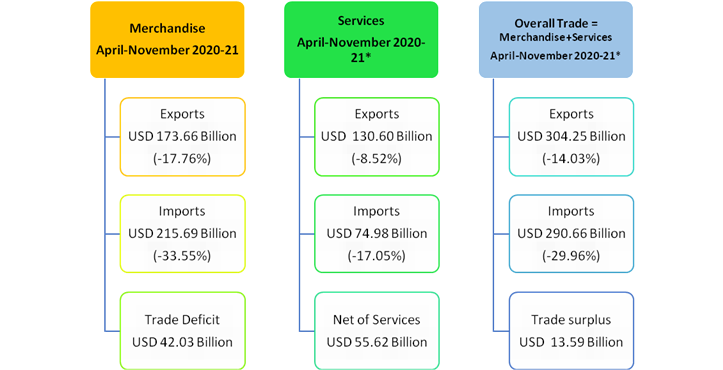GST collections at all-time high of over Rs 1.15 lakh crore in December.
The gross Goods and Services Tax collections touched a record high of over Rs 1.15 lakh crore in December — the highest since the implementation of the regime. The collection indicates that the economy continues to show signs of recovery after a stringent lockdown last year.
With this, the GST has also now crossed the psychological Rs 1 lakh crore-mark for the third straight month in the current fiscal.
The finance ministry has said that the continued rise in the GST mop up is due to the combined effect of rapid economic recovery post-pandemic and the drive against GST evaders.
The gross GST revenue collected in the month of December 2020 was Rs 1,15,174 crore, 12 per cent higher than over Rs 1.03 lakh crore collected in December 2019.
For the month of November up to December 31, 2020, 87 lakh GSTR-3B returns were filed.
"This is the highest growth in monthly revenues for the last 21 months. This has been due to the combined effect of the rapid economic recovery post-pandemic and
the nation-wide drive against GST evaders and fake bills along with many systemic changes introduced recently, which have led to improved compliance," the finance ministry said in a statement.
GST revenues during December 2020, have been the highest since the introduction of GST on July 1, 2017. The highest collection till now was Rs 1,13,866 crore in April 2019, it added.
GST collections, which directly reflects the state of economic activity, had plummeted to a record low of Rs 32,172 crore in April, after the government imposed a nationwide lockdown to curb the spread of coronavirus.
Subsequent easing of lockdown restrictions helped collections rise and it posted its first year-on-year growth in September 2020.
During December 2020, revenues from import of goods were 27 per cent higher and revenues from domestic transactions (including import of services) are 8 per cent higher than the revenues from these sources during the same month last year.
The Central GST mop-up stood at Rs 21,365 crore, State GST was Rs 27,804 crore, Integrated GST was Rs 57,426 crore (including Rs 27,050 crore collected on import of goods) and Cess was Rs 8,579 crore (including Rs 971 crore collected on import of goods).
The government has settled Rs 23,276 crore to CGST and Rs 17,681 crore to SGST from IGST as regular settlement. The total revenue earned by the central government and the state governments after regular settlement in the month of December is Rs 44,641 crore for CGST and Rs 45,485 crore for the SGST.
Deloitte India senior director M S Mani said the continued uptick in GST collections would give confidence in the resilience of the economy and indicates that business activities have completely resumed and demand for goods and services continue to be high.
"With major states reporting an increase ranging from 6 to 15 per cent in their GST collections, compared to the same period last year, it is expected that some of the reductions in collections seen in the earlier part of the current fiscal, would be made up by the improving collections in the past three months," Mani added.
CII director general Chandrajit Banerjee said GST revenue growth shows that industry is bouncing back to normalcy.'
"The increase in the revenue from import of goods indicates that Indian economy is on the fast track of growth now after a long dip due to Covid lockdown," he added.
GST revenues have topped Rs 1 lakh crore in 8 out of 12 months of 2019-20 fiscal. However, in the current fiscal, the revenues have taken a hit due to Covid lockdown and consequent slowdown in the economy.
Revenue in April was Rs 32,172 crore, May (Rs 62,151 crore), June (Rs 90,917 crore), July (Rs 87,422 crore), August (Rs 86,449 crore), September (Rs 95,480 crore), October (Rs 1,05,155 crore), November (Rs 1,04,963 crore) and December (Rs 1,15,174 crore).
The GST revenue in April-December 2020 was down 14 per cent compared to the same period last year.

